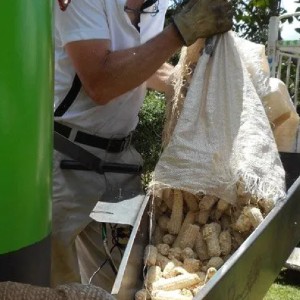
Agriculture
January 12, 2024
VIP Maize Processing Technology
Read SolutionImplemented by
VIP
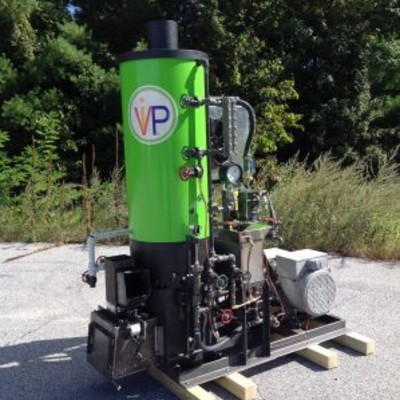
Updated on December 16, 2023
·Created on June 30, 2016
Using agricultural waste as fuel, the VIP 10-40 supplies thermal, electrical, and mechanical power.
The Village Industrial Power V-10-40 steam engine produces heat that can be used either to produce hot air or hot water, depending on the agricultural application required. Functionalities include transforming biomass into heat for opportunities such as crop drying, and powering various equipments. It is clean-burning and able to run on numerous biomass feedstocks. V-10-40 was previously named as V-10 steam engine. Village Industrial Power is located in Bradford, Vermont with additional operations in Nairobi, Kenya and Maharashtra, India.
Target SDGs
SDG 7: Affordable and Clean Energy
Market Suggested Retail Price
$12,500.00
Target Users (Target Impact Group)
Household, Community
Distributors / Implementing Organizations
Village Industrial Power is the sole distributor and manufacturer of the V-10-40 steam engine.
Competitive Landscape
Direct competitors include HPS Biomass Gasification Power Plant.
Countries
India, Kenya
Manufacturing/Building Method
This product is manufactured in India by their manufacturing division, Village Industrial Power India Pvt. Ltd., on a system by system basis and is not yet manufactured at scale. Welding professionals are contracted to ensure the safety of end users around the high pressure vessel.
Intellectural Property Type
Patent
User Provision Model
Users can obtain the product from Village Industrial Power.
Distributions to Date Status
6 systems have been deployed as of July 2016.
Power rating (W or kW)
10 kW
Available energy type (mechanical, thermal, electrical)
Mechanical, thermal and electrical.
Description of biomass source(s)
Wood and agricultural waste (palm kernel, coconut husk, rice husk and sawmill shavings).
Biomass input requirements (kg per hour)
20-35 kg/hr
Description of other input requirements
N/A
Other input requirements (amount per hour)
N/A
Combustor type
Furnace fired
Biomass conversion efficiency (%)
70%
Particulate matter and CO emissions (ppm)
Not tested
System dimensions (m)
2 x 1 x 2 m
Design Specifications
The VIP-10-40 is a 10 kW rankine cycle steam engine that combines a furnace box, boiler with superheated steam coils, single cylinder expander, condenser and pump. The system incorporates self-acting inlet valves and has eliminated piston oil lubrication through the utilization of self-lubricating carbon graphite materials. The boiler has been designed with a safety factor that is roughly three times higher than common U.S.A boilers.
The 10 kW VIP system measures 2 m long, 1 m wide, and 2 m tall. VIP recommends housing the system in an open-sided or screen sided shed having a concrete floor measuring 5 m x 3 m x 2.5 m tall, minimum.
Technical Support
Provided by the manufacturer.
Replacement Components
Replaceable components include piston seals, bearings, and valves; which need to be replaced over time to maintain system performance and safety.
Lifecycle
20 years. Lifespan can vary depending on fuel use, operation patterns and regular maintenance. Interview with Representative in 2018
Manufacturer Specified Performance Parameters
Manufacturer specified performance targets include: robust, reliable, on-demand, fuel flexible, and clean burning.
Vetted Performance Status
Testing performed by the manufacturer determined a power output of 10 kW.
Safety
The VIP-10-40 is rated and certified according to ASME Boiler code and is equipped with an appropriate pressure relief valve. Still, users should exercise caution during periods of high firepower which contributes to higher pressures in the boiler. Only trained technicians and users should repair and operate the VIP-10-40.
Complementary Technical Systems
Complementary technical systems include mechanical devices (sheller, press, lathes, etc.), thermal devices (charcoal creation, drying, etc.), and electrical devices (lighting, refrigeration, television, appliances, etc.)
Academic Research and References
(N.d.). Energy.Gov. from https://arpa-e.energy.gov/sites/default/files/Carl
Compliance with regulations
The product complies to the ASME Boiler and Pressure Vessel Code.
Evaluation methods
Field tests in Africa and laboratory tests in Vermont have compared the V-10’s performance in testing areas of endurance, pressure-displacement, and heat transfer to traditional energy generation sources such as diesel gen-sets with regards to efficiency and power output.
Other Information
The VIP 10-40 was featured in ASME's Global Development Review Spring 2016 DEM+ND publication. VIP also published a video showing user interaction with the product.

Agriculture
January 12, 2024
Implemented by
VIP
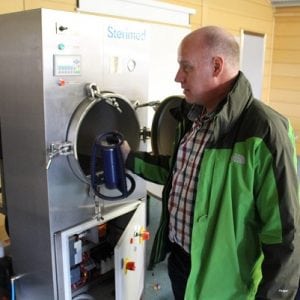
Agriculture
March 11, 2024
Implemented by
Médecins Sans Frontières (MSF)
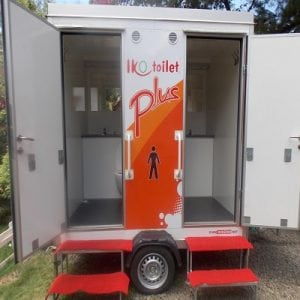
Agriculture
January 2, 2024
Implemented by
Ikotoilet Limited
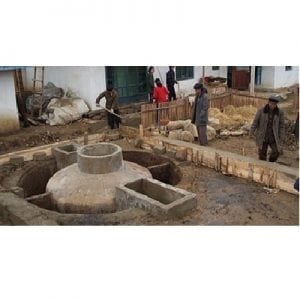
Agriculture
January 20, 2024
Implemented by
Adventist Development and Relief Agency (ADRA)
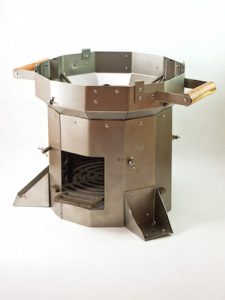
Agriculture
December 31, 2023
Implemented by
Potential Energy
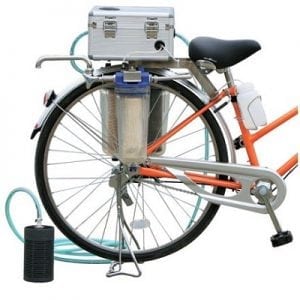
Agriculture
December 27, 2023
Implemented by
Nippon Basic Co. Ltd.
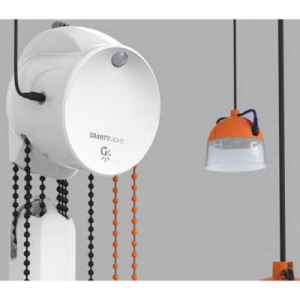
Agriculture
November 30, 2024
Implemented by
Deciwatt
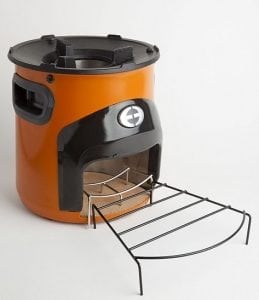
Agriculture
December 3, 2024
Implemented by
Envirofit International
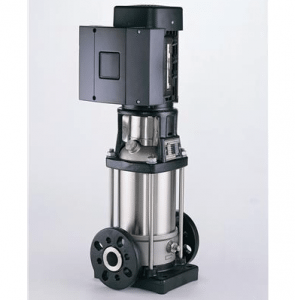
Agriculture
January 31, 2024
Implemented by
Grundfos
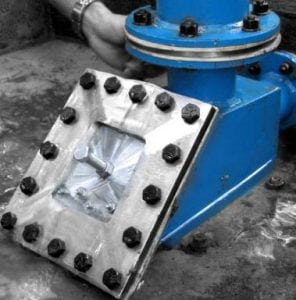
Agriculture
December 21, 2023
Implemented by
AID Foundation Inc. (AIDFI)
Have thoughts on how we can improve?
Give Us Feedback
Iana Aranda says:
As per Bob: Steam technology requires a source of water and steam – implying high power heating elements. Appropriate sources of clean, chemical free (Calcium, Iron etc.) water are necessary. Although in developed countries this is not a significant issue in developing countries and in remote areas the availability of clean, chemical free water is limited. If the product includes filtering and the ability to precondition and use common well or river water this would be an advantage – given that water is easier to obtain than either UV Sources or NOx chemicals. Other components such as housings, covers, electronics and controls are available if an appropriate supply chain is developed and maintained to provide these materials at the appropriate cost, quality and delivery to support production. Piping, housings and containment of steam is required and a potential source of safety issues and risks. The product must be designed to appropriate standards for pressurization and high temperature … similar to boiler standards.